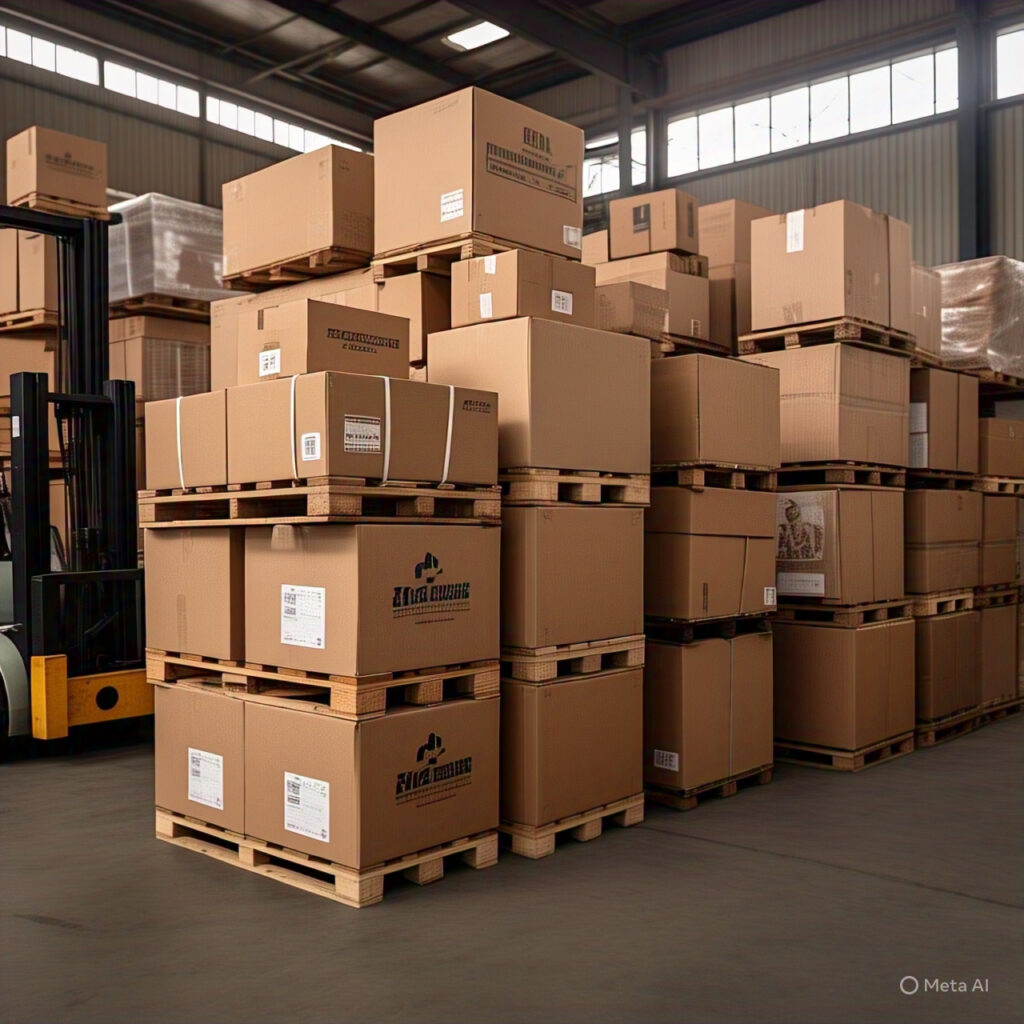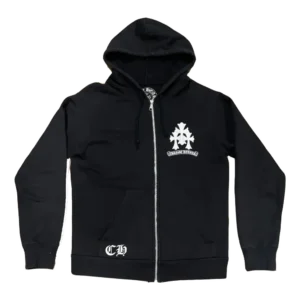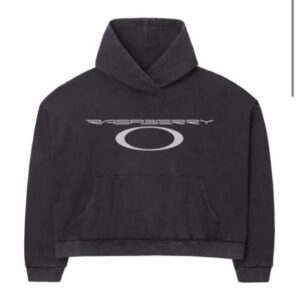
In the world of e-commerce and global shipping, the need for secure, cost-effective, and sustainable packaging has never been more important. Boxes for delivery play a crucial role in ensuring products arrive safely, efficiently, and in pristine condition. In this guide, we will explore the best material choices, packing efficiency tips, and shipping practices that can help you optimize your delivery process.
Material Selection for Delivery Boxes
Choosing the right material is the first step to secure and efficient delivery. Here are the top materials used:
- Corrugated Cardboard: This is ideal for heavy or fragile items due to its shock absorption properties. Its multi-layered design provides extra strength, protecting items during transit.
- Poly Mailers: Lightweight and cost-effective, poly mailers are perfect for non-fragile goods like clothing or soft items. They are water-resistant and take up less space, reducing shipping costs.
- Rigid Boxes: For high-value or delicate items, rigid boxes offer maximum protection. Their hard exterior minimizes the risk of crushing or external damage.
- Kraft Paper Boxes: Eco-friendly and biodegradable, these boxes are suitable for businesses aiming to minimize their carbon footprint.
Packing Efficiency Tips
Effective packing not only protects your items but also cuts down on shipping costs:
- Box Sizing: Choose the right box size to avoid excess space. Oversized boxes increase shipping costs and require more filler material.
- Padding: Use bubble wrap, foam inserts, or packing peanuts to cushion fragile items. This minimizes movement and absorbs shock during transit.
- Labeling: Ensure addresses and barcodes are clear and legible. Proper labeling reduces the chances of lost packages and shipping delays.
- Void Fillers: Eco-friendly fillers like shredded paper or biodegradable packing peanuts help protect items without harming the environment.
Shipping Best Practices
Optimizing your shipping practices can streamline delivery and reduce costs:
- Prepaid Labels: Using prepaid shipping labels saves time and often comes with discounted rates.
- Insured Freight: For high-value items, always opt for insured freight to cover potential losses or damages.
- Standardized Workflows: Create checklists for packaging and shipping processes to maintain consistency and reduce errors.
- Tracking Integration: Ensure all packages are trackable to give customers peace of mind and reduce the likelihood of lost shipments.
Cost-Saving Strategies
Shipping can be expensive, but strategic planning can reduce your overall costs:
- Bulk Purchasing: Buying boxes in bulk reduces the per-unit cost and minimizes supply chain disruptions.
- Flat Rate Shipping: Opt for flat-rate shipping options when sending heavy or dense items to control costs.
- Carrier Partnerships: Partner with carriers that offer professional packaging services or volume discounts.
- Lightweight Materials: Use lighter materials where possible to cut down on shipping fees based on weight.
Set Up Boxes: A Perfect Solution for Easy Assembly
Set up boxes are another great option for shipping and retail display. Here’s what makes them stand out:
- Flat-Shipping Options: These boxes are shipped flat, reducing storage space and shipping costs.
- Built-in Instructions: Many come with printed assembly guides, making setup quick and easy.
- Reinforced Handles: Designed for easy transport, perfect for retail and heavy items.
Material Recommendations for Set Up Boxes
- Heavy-Duty Corrugated: Supports weight and provides durability during assembly and shipping.
- Waterproof Coatings: Ideal for products that may be exposed to moisture during delivery.
Trends in Modular Packaging
The packaging industry is always evolving, and modular packaging is leading the charge:
- Self-Locking Mechanisms: New designs eliminate the need for tape, making the packaging process faster and more eco-friendly.
- Eco-Friendly Adhesives: Many brands are now switching to biodegradable glues for fully recyclable packaging.
Conclusion
Choosing the right boxes for delivery involves more than just picking a container. It requires strategic planning in material selection, packing efficiency, and cost-saving measures. By implementing these best practices, your business can reduce costs, improve efficiency, and enhance customer satisfaction.
For high-quality, customizable delivery boxes that reflect your brand’s commitment to quality and sustainability, visit Custom Product Packaging and explore our wide range of packaging solutions.




